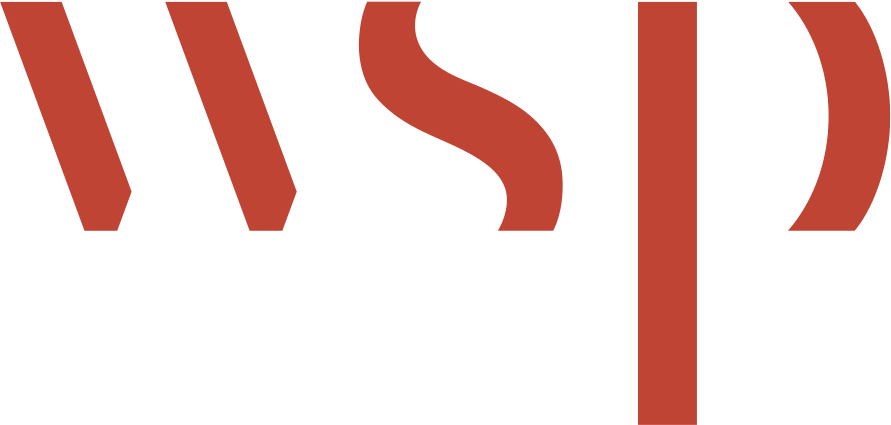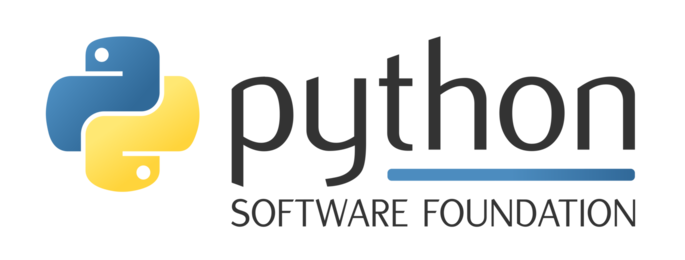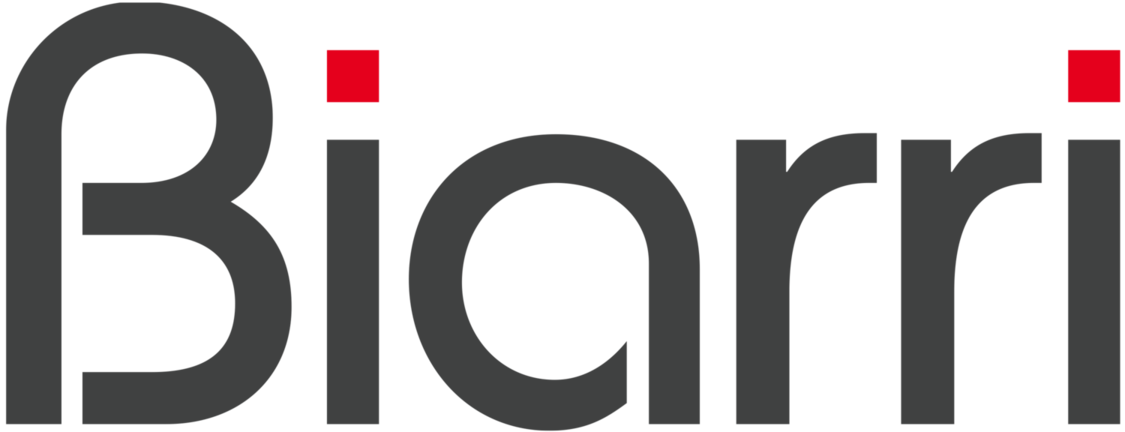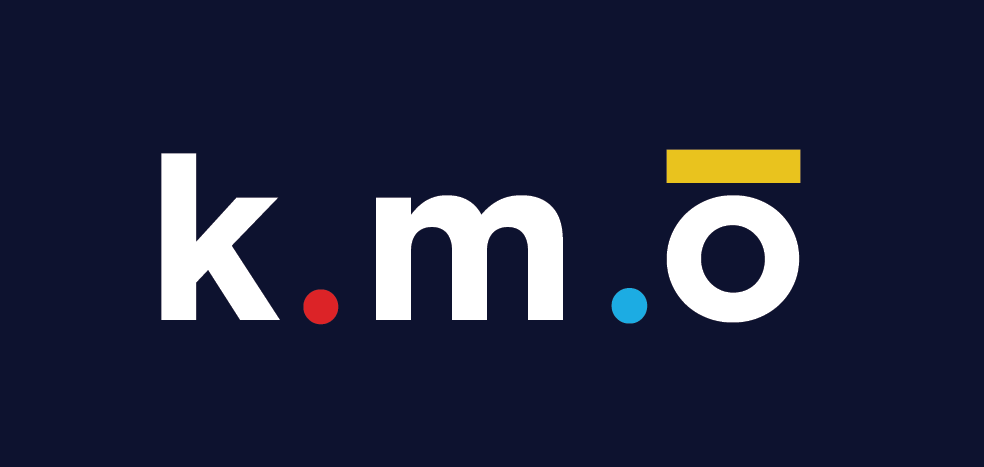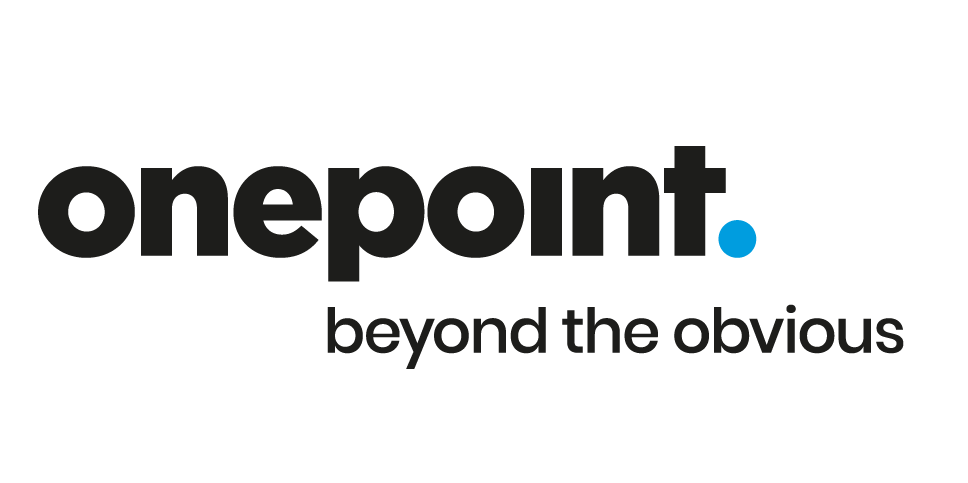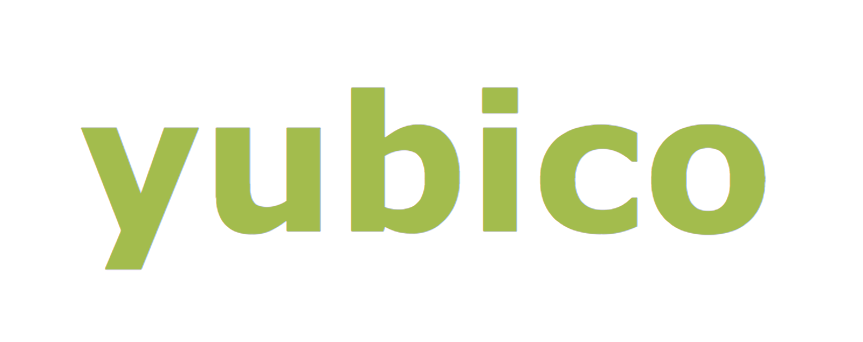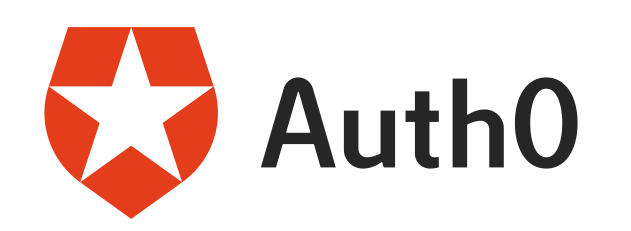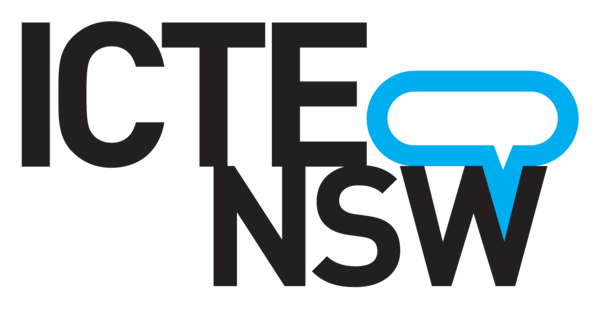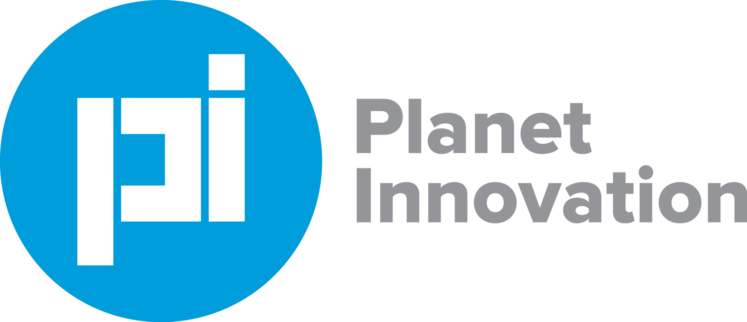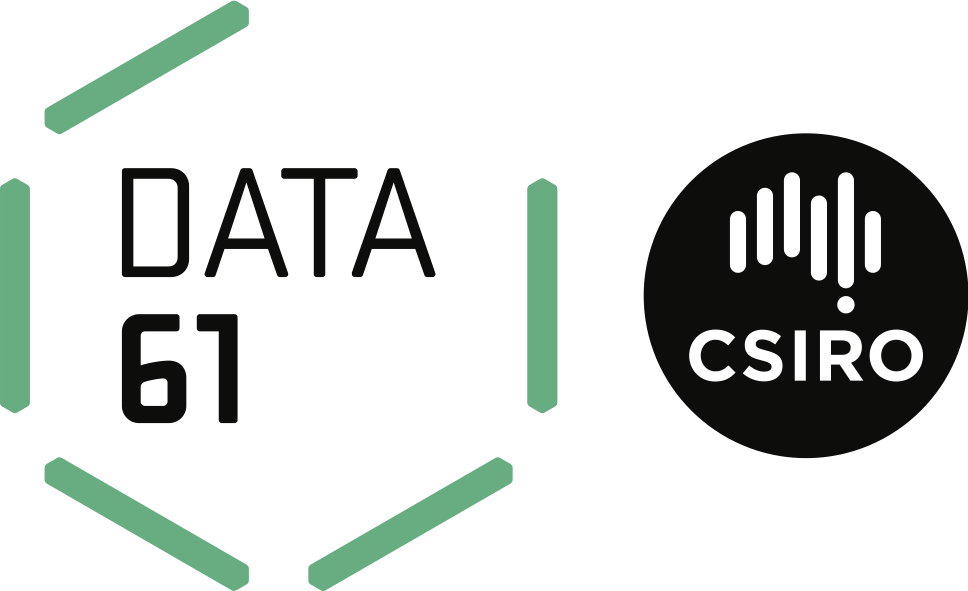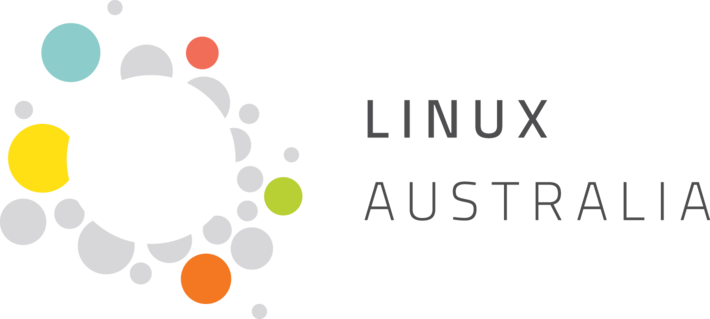Less is more when it comes to kids coding projects! We’ll explore a tried and tested method for creating Minimum Viable Projects, used around Australia to teach kids to code. See how we create fun, challenging, differentiated projects for all abilities with this 5 step process & concept calculator.
There are a many traps to fall into when designing programming projects for kids. Maybe you’ve decided a cool GUI is a must to call it a project, or a fun “little” project you’ve conjured up can’t be too hard, and thus is surely achievable. You’ve probably ended up in the situation where you have to gloss over concepts to race to a project that lives up to expectations.
In these circumstances your students end up with a paint-by-numbers project, with no real understanding of how it works under the hood. While this might not bother kids that already identify as “computer kids”, it likely cements in the minds of less confident students that they “just don’t get computers”. If we seek to include all kinds of students in tech, particularly under represented and under confident groups such as women and girls, we need to provide opportunities for everyone to understand and succeed.
Through years of work designing and teaching coding projects to students aged 10-18 with all levels of experience, I’ve developed and tested a methodology for creating Minimum Viable Projects with a focus on understanding, creativity and accomplishment.
My methodology focuses on developing projects that are more substance than flash, giving students the chance to understand each concept they are coding, and allowing them to use their understanding to make creative alterations.The aim is to make a Minimum Viable Project that gives students a recurring feeling of accomplishment, but also drives them to keep going and make improvements and add their own flair.
I’ll take you through our 5 Cs of content creation, which take us from idea to engaging students of all ages and experience levels. We’ll discuss how I came across this 5 step process and our own concept calculator for assessing projects for achievability and differentiation. We’ll take a look at the latest addition to our project suite created with this methodology, a text based Tic-Tac-Toe game.
Watch 'Concept to Classroom: Creating fun differentiated programming projects' on PyCon AU's YouTube account
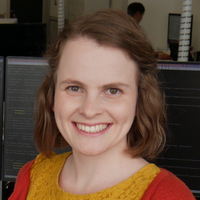
Renee Noble
Renee Noble is the Executive Director of the Girls’ Programming Network (GPN) and a Software Developer at edtech Company Grok Learning.
Having had no exposure to programming until stumbling upon it while studying at Sydney University, she was quick to add a Computer Science major to her Chemical Engineering and Chemistry pursuits. Given this late introduction to tech, Renee’s passion is making coding education exciting and accessible to everyone. She strives to create scalable content and methods for including girls, women, and people from other underrepresented gender groups.
In her time at the helm of GPN Renee has taken what was a small single site operation, to providing 500 girls a quarter with free programming workshops. Having already spread the program to six sites around Australia, more cities lining up to join the GPN community.

